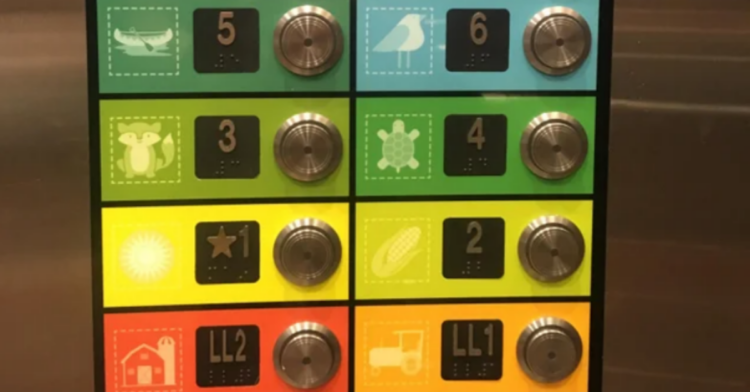Although it’s not as if we’ve needed them over the past year, the various and unpredictable effects of the SARS-CoV-2 virus that gives rise to COVID-19 have given us plenty of reasons to feel anxious as we try to cope with life in the pandemic.
As if the coronavirus’ fatal potential wasn’t enough, there is also the possibility of experiencing debilitating “long haul” symptoms for weeks and even months after infection, as well as the possibility of the virus affecting the brains of patients even after they recover.
Unfortunately, evidence is also mounting to suggest that children can experience their own serious after-effects from contracting COVID-19. And while doctors once thought this phenomenon was similar to Kawasaki disease, it has since been recognized as a mysterious separate issue that comes as a cause for concern among parents and medical professionals.
Depending on where you live, you may hear this disease referred to as either multisystem inflammatory syndrome in children or paediatric inflammatory multi-system syndrome.

But whether you call it PIMS or MIS-C, the Mayo Clinic explained that this syndrome is known to cause serious inflammation in various body parts among children that include the heart, lungs, kidneys, brain, skin, eyes, and different gastrointestinal organs.
Since PIMS can affect different parts of the body, patients can also exhibit different symptoms from each other. Nonetheless, parents are recommended to seek medical attention if their children are exhibiting fevers, abdominal pain, unusual levels of fatigue, vomiting, diarrhea, neck pain, rashes, and bloodshot eyes.
They are especially cautioned to seek emergency services immediately if children are experiencing breathing issues, persistent chest pressure or pains, blue coloration in the lips or face, severe abdominal pain, an inability to wake up or stay awake, or unexplained confusion.
Since it has been identified, PIMS has been shown to affect one in 5,000 children who contract COVID-19 regardless of their symptoms during the infection period.

That information comes to us from The Guardian , who also reported that British hospitals have admitted up to 100 patients per week during the second wave of the coronavirus pandemic.
This is compared to the average of about 30 a week seen in April. Two children are also believed to have died from the disease since the pandemic began.
A matter of particular concern for health care workers is the fact that close to four out of five of children affected by PIMS were considered healthy before contracting COVID-19.

Specifically, a dataset from 21 pediatric intensive care units obtained by The Guardian found that 78% of PIMS had no previous underlying illnesses. This dataset also showed that 67% of the affected patients were boys and that 22% of them had COVID-19 at the time that PIMS emerged, while the others had contracted the coronavirus in the past.
The average age of PIMS patients is 11, but children between the ages of eight and 14 were also counted within these datasets. One in four of the patients in these units were also found to have developed a potentially fatal heart condition called coronary artery dilation as a result of the syndrome.
Another matter of grave concern is that children of color seemed to be disproportionately affected by PIMS, as 75% of the worst-affected patients studied were members of Black and Asian communities.

According to the Mayo Clinic , Black, Indigenous, and People of Color have also been identified as disproportionately affected by COVID-19 in the United States, but available evidence into this phenomenon suggests the reasons for this have more to do with the increased risk of other underlying health conditions rather than specific genetic or biological factors.
However, it remains unknown as to whether this is also the case for the severity of PIMS symptoms among these communities.
As Dr. Liz Whittaker from the Royal College of Paediatrics and Child Health told The Guardian , “We are doing research to understand why this population is affected. Genetics may be a player. But we are concerned that it is a reflection of how this is a disease of poverty, that disproportionately affects those who cannot avoid exposure due to their occupation, multi-generational households and crowded housing.”
But while the news regarding PIMS is grim, it’s important to keep it in an appropriate perspective.

As The Guardian reported, the increased number of hospitalizations we’re seeing do not actually point to evidence that PIMS is becoming more infectious or common. Instead, it remains a rare disease that is seeing an increase of cases in proportion to the overall increased COVID-19 case load observed since the emergence of the virus’ second wave.
Dr. Whittaker has also identified a fairly positive trend of fewer children showing critical symptoms during the second wave as health care workers have been able to identify and treat PIMS earlier than before.
Nonetheless, the disproportionate effect the disease is showing among Black and Asian children has been identified as an issue that requires urgent investigation.
h/t: The Guardian

















































